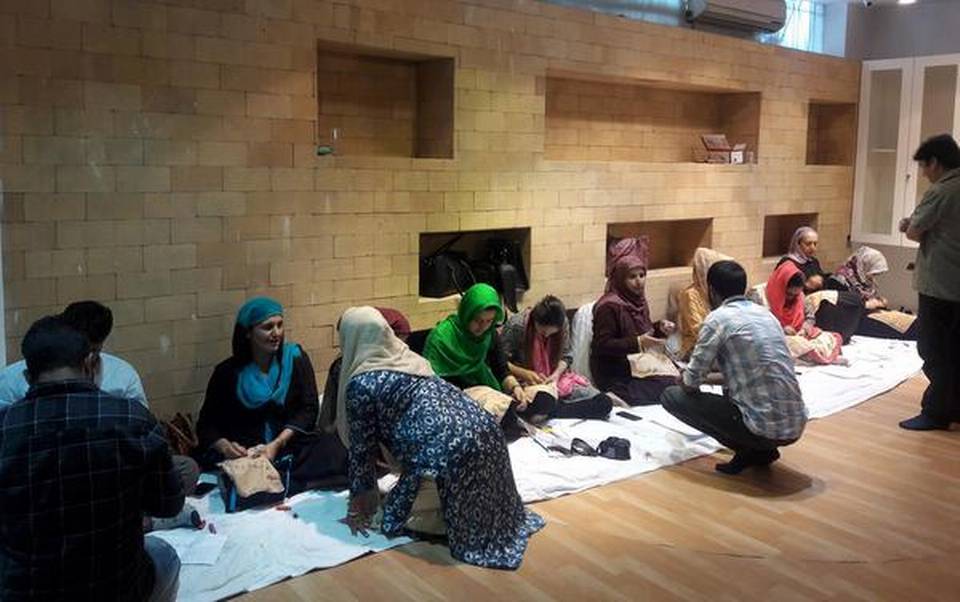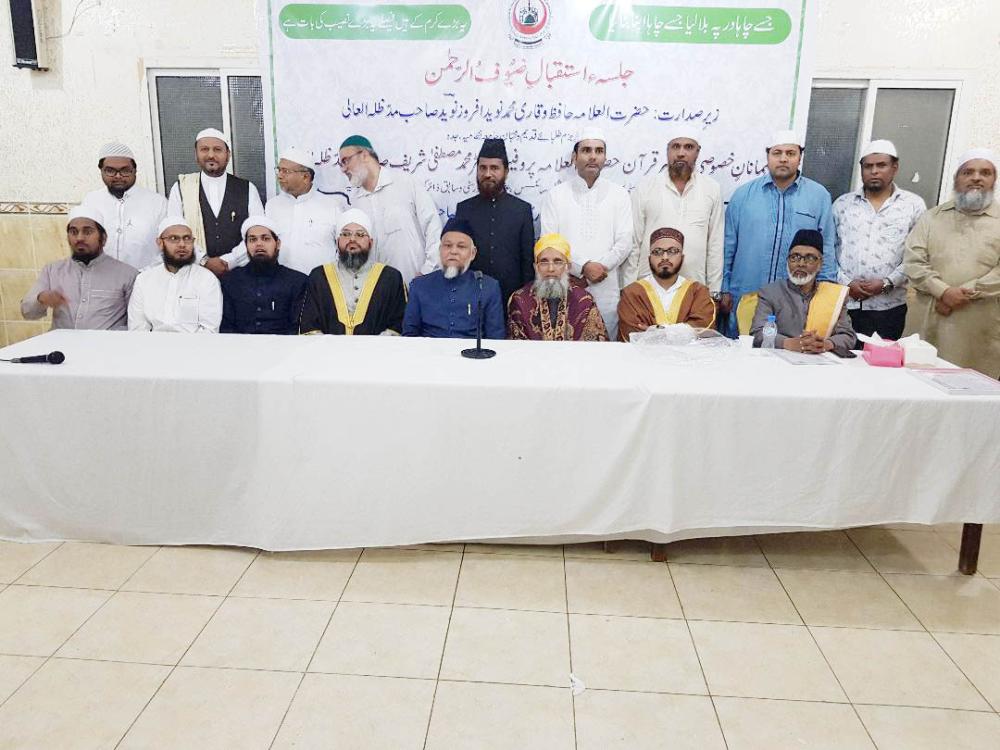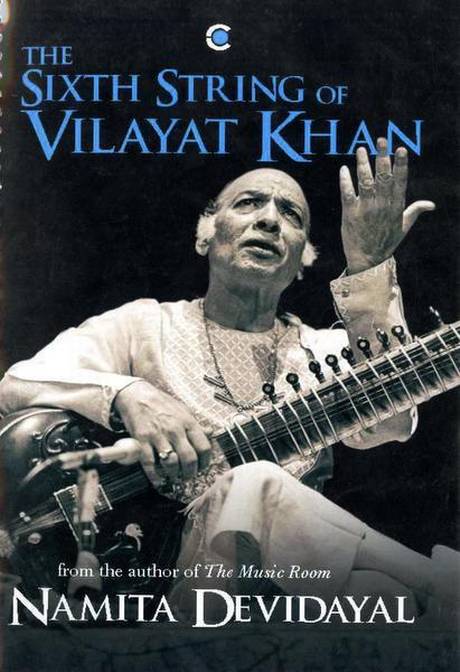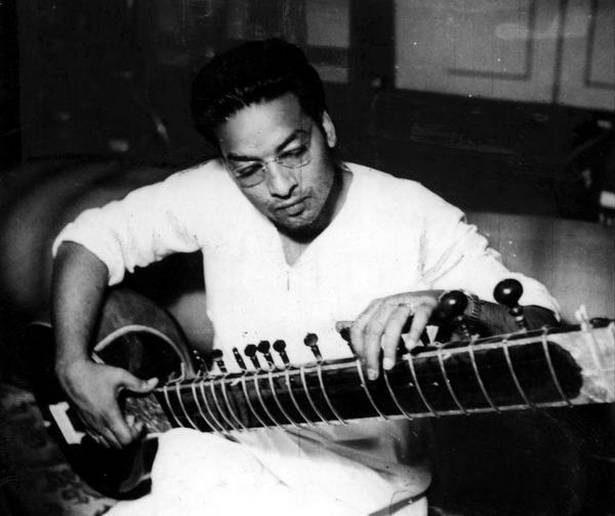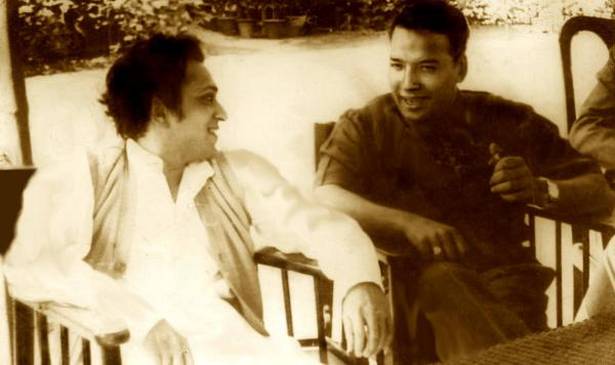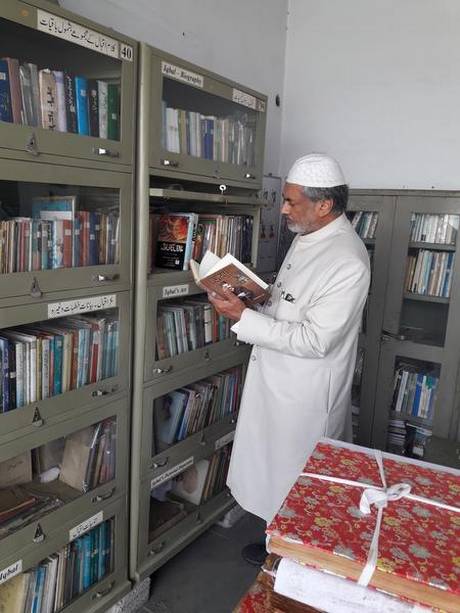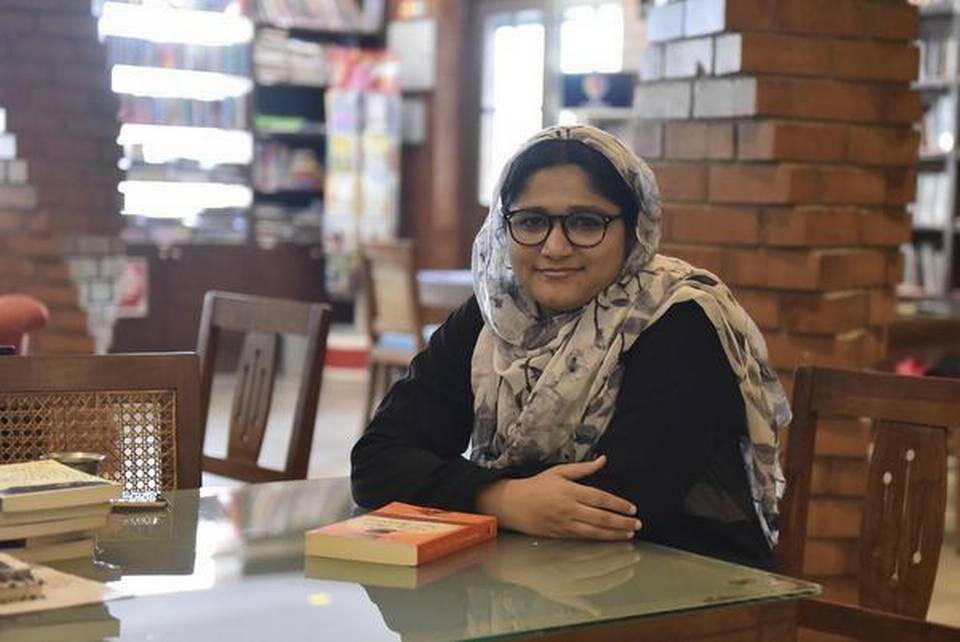Mumbai, MAHARASHTRA / Manhattan, U.S.A :
Sohaila Abdulali was the first Indian woman to write about being raped, in 1983. In a new book, she raises tough questions about how we view sexual violence.

Who rapes? Just as we can have fixed ideas about victims, we have them about perpetrators as well.
Are all men capable of rape? In my own life, I cannot accept this. Here is what one man said when I asked him if he thought he could imagine raping someone. “For myself, I would say no,” he said. “There’s a level of empathy that would make it impossible for me.” I believed him.
I can imagine murdering, but not raping. Murder is worse than rape, I know, but there are lots of reasons to do it. If I were in a state of out-of-control rage, if someone were threatening to harm me or someone else, if killing someone were the only way to avoid some terrible catastrophe…I know, this is a weird, weird paragraph. But think about it – there is no reasonable reason to rape. You’re either doing it explicitly to cause damage, or because you want sex and don’t understand or care that the other person does not want it.
Justifiable homicide exists (for instance, if you’re killing someone to stop a rape), but justifiable rape? Do you ever need to rape someone to stop any other crime? The only people who openly justify rape are those who run blatantly woman-hating societies, where women are objects.
Speaking of which, let’s talk about objectification. In my days of clarity and righteousness as a college student, I wholeheartedly believed the conventional feminist wisdom that men objectify women in order to rape them. The logic goes like this: if you deny someone’s humanity, you can abuse them.
But perhaps it’s your own humanity you have to deny. Or at least your own positive humanity. Cruelty and sadism are also very human.
Social scientists Alan Fiske and Tage Rai have studied the moral motivations of violence. Rape often has a (twisted) value component. You value your own needs more than your victim. You want to teach someone a lesson. You want to feel powerful. You feel you deserve to humiliate someone. All these values and emotions only apply to other people. We don’t usually feel the urge to humiliate objects. It’s precisely because someone is a human being that it matters how you treat him or her.
Paul Bloom wrote in the New Yorker about Fiske and Tage’s analysis:
In many instances, violence is neither a cold-blooded solution to a problem nor a failure of inhibition; most of all, it doesn’t entail a blindness to moral considerations. On the contrary, morality is often a motivating force…Moral violence, whether reflected in legal sanctions, the killing of enemy soldiers in war, or punishing someone for an ethical transgression, is motivated by the recognition that its victim is a moral agent, someone fully human.
The men who raped me were very clear that they were angry at me. Don’t ask me to explain why, and they’re not available for comment. I just know that they were enraged. I had no right to be out with a boy, they said. They would teach me a lesson. This is what happens to bad girls. At no time was I just an object. At worst, I was a whore who had to be put in her place. At best, I was a fool who had to be taught a lesson. But I was definitely a person.
I babbled like a parakeet on speed through the whole ordeal, trying to get them to show some mercy. Talking about myself and my life and trying to get them to see me as worthy of compassion – all that went nowhere. I was a wicked, clueless girl and had to be taught. But one thing did have an effect – when I started talking about them. “We are all brothers and sisters,” I ranted. “You are my brothers.” That infuriated them. They didn’t want to be reminded of their humanity.
This is just one story. But I think it’s worth considering the idea that other rapists have equally distorted views of themselves and their victims.
Audrey, the young British woman who was gang-raped in Italy, told me that one of her rapists said in his police statement that he didn’t need to rape to get women; he was so naturally attractive that women just flocked to him. In his mind, it wasn’t even rape. She was just lying there, clearly fine with it, so what was the problem?
We’ve got a long way to go when we can’t even agree on what is rape.
Audrey went on to say that the judge in her case sided with the rapists. “The judge and prosecutor seemed to share this perspective to an extent – that rape was something only real psychos jumping out of bushes did, or losers who couldn’t get sex any other way; it was not something that good-looking, well-dressed young men needed to resort to. I guess I would respond today that rape is really not about sexual attraction or having sex in the first place. Especially when you’re talking about a group, there’s a different dynamic at play, one that is more about humiliating someone and treating her as inferior…at least, this is the conclusion I have reached.”
Consider the Stanford rape case. Undergraduate Brock Turner sexually assaulted an intoxicated woman and left her unconscious. A woman friend of his wrote a letter to the judge, which said, “Where do we draw the line and stop worrying about being politically correct every second of the day and see that rape on campuses isn’t always because people are rapists?”
Rape on campus is always because people are rapists. We just don’t want to think about the uncomfortable truth that a rapist is just a guy, any guy, who rapes.
“Does anyone enjoy raping?” Kalki Koechlin wanted to know when we were trying to figure it all out. “What’s going on?”
Patriarchy is to blame, says writer bell hooks.
Provocative women are to blame, say the Iranian morality police.
Alcohol is to blame, says the Campus Sexual Assault Study, prepared for the US National Institute of Justice. The woman who was raped by Brock Turner, the Stanford student who infamously got a ridiculously light sentence for his crime (from Santa Clara County Superior Court Judge Aaron Persky, who lost his position two years later), wrote a powerful letter to be read out in court. She talked about alcohol:
Alcohol is not an excuse. Is it a factor? Yes. But alcohol was not the one who stripped me, fingered me, had my head dragging against the ground, with me almost fully naked. Having too much to drink was an amateur mistake that I admit to, but it is not criminal. Everyone in this room has had a night where they have regretted drinking too much, or knows someone close to them who has had a night where they have regretted drinking too much. Regretting drinking is not the same as regretting sexual assault. We were both drunk; the difference is, I did not take off your pants and underwear, touch you inappropriately, and run away. That’s the difference.
Brock Turner’s father also wrote a letter about his son, to the judge. It is a devastating testament to rape culture:
Now he barely consumes any food and eats only to exist. These verdicts have broken and shattered him and our family in so many ways. His life will never be the one that he dreamed about and worked so hard to achieve. That is a steep price to pay for twenty minutes of action out of his twenty-plus years of life.
Some rapists have permission to take what they want. Some rapists have had terrible lives full of abuse and despair. As a friend who was raped by a troubled man said, “You get a lot of shit on your plate – it starts to affect you.” It’s not an excuse, but a reality, like witnesses of domestic abuse who grow up to beat their partners. But then, there are the men who’ve had perfectly healthy, wholesome lives and commit rape anyway. What about them? Or the men who abuse their power, like those I’ve talked about in Washington, and Hollywood, whose penises have spent an inordinate amount of time outside their owners’ pants.
It’s time to throw one idiotic notion overboard – the notion that men can’t stop, that there’s a point of no return once you’re sexually aroused.
We keep talking about women’s agency, but men have agency too. Guys, tell me this: if you were in the middle of hot sex and really, really into it, and your grandmother walked into the room and peered at you over her glasses, would you stop, or would you keep going?
Rape is like a go-to hobby for men of all types. Godmen in Goa. Daddies in Denmark. Teachers in Tanzania. Boyfriends in Britain. Ski instructors in Switzerland. Priests in Prague.
This doesn’t necessarily contradict my earlier point about rapists dehumanising themselves. Violence has so many motivations. There’s damage rape (you want to cause pain) and there’s casual rape (you want sex).
When you look around at the whole panorama, it’s difficult to muster up wholesale abhorrence of all abusers.
They’re so aggravatingly human. So few have bulging red eyes, uncontrollable drooling, and fifteen heads. A therapist told me about how he took on the case of a fourteen-year-old boy who had raped a twelve-year-old autistic girl. “Everyone at the clinic thought he was a monster, and nobody wanted to take the case.” The therapist wondered how he would deal with this twisted teenager. “And then, this sweet young kid walked in.” He had been terribly sexually abused and brutalised himself, all his life, and he was “doing the only thing he knew.”
Why they do it is interesting, but after a point I’m more interested in moving along from this unevolved state of human interaction. I don’t want to care about rapists’ motivations. They should just stop. Whether it’s wired in or because their daddy didn’t play with them or they’re just jerks or they’re sexually frustrated or they do it because they can or they do it because they can’t not do it or they’re normal or they’re abnormal, who cares? They should just stop what one superior babysitter once called this “third-class behaviour.”
Unfortunately we do have to spend time trying to understand, if we’re going to stop it. So yeah, we can’t talk about rape without talking about why men rape.

Excerpted with permission from What We Talk About When We Talk About Rape, Sohaila Abdulali, Penguin Random House India.
source: http://www.scroll.in / Scroll.in / Home> Book Excerpt / by Sohaila Abdulali / November 14th, 2018
